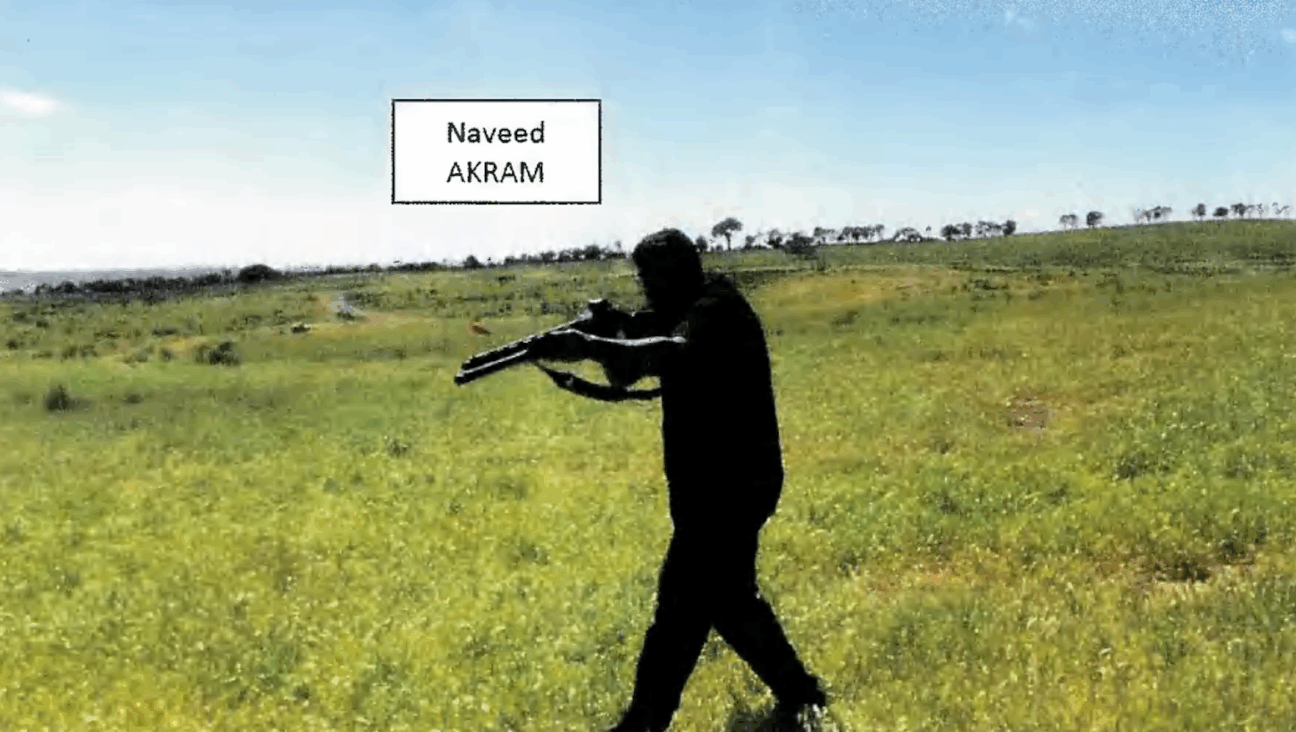Second-line Living
New Orleans serenaded L. J. Goldstein.The brass band funerals and street parades, called second lines, that wind through the town of Treme, outside the French Quarter, were far from his comfortable Manhattan, N.Y., upbringing, but close to his heart.
“I used to dream of moving to New Orleans,” Goldstein said. “I was drawn to the music, and the Storyville photographs of E.J. Bellocq. One day I got on the bus.”
That was in 1993, and since then Goldstein has become one of the neighborhood’s leading chroniclers. Goldstein’s pictures explore a culture to which he felt a magnetic pull. A 1999 image shows a line of men in coordinated hats and striped shirts. They stand or kneel in neat rows behind a hedge of matching striped umbrellas that look like big blossoms. Their sign reads: “Black Men of Labor’s Labor Day Parade… Please Leave Your Guns, Dogs and Snakes at Home. Come and Have Some Fun!!”
In early August, as he talked about his photographs, Treme was reeling from the death of a trombone player who was on his way to play in a jazz funeral, driving a car that someone else owned, when he went down, unarmed, in a hail of police bullets — for failing to stop on their orders. The death sparked an uproar in the neighborhood and is still under investigation by the New Orleans Police Department. Treme is a study in the resilience of culture amid decay. In the early 1960s, the last all-white administration at City Hall demolished 12 square blocks of Treme, including Victorian and shotgun houses worth preserving, displacing thousands of people as the first step in an envisioned Lincoln Center of the South. The plan ran out of money; the space was belatedly named Louis Armstrong Park. Meanwhile, the city razed two miles of beautiful oak trees on the grassy neutral ground of nearby North Claiborne Avenue to build an overhead artery to Interstate-10. Dozens of black businesses succumbed in the process.
Since then, Treme has lost 15% of its population. Despite some restoration of architectural gems (like Goldstein’s house, which he bought for a song), the neighborhood already was on a downward slide when a crack epidemic hit it in the 1980s — doubling the pain. And much of the community today is left out of the neighborhood’s best offering.
“People in the social and pleasure clubs who sponsor the parades are on the upper edge of the working class,” Goldstein said. “They’re putting away 20 or 30 dollars a week for decorations on the shirts and shoes. Each club spends a year preparing for a four-hour parade.”
A 1996 photograph shows Troy “Trombone Shorty” Andrews — back arched against a wooden building, his instrument tilted upward next to his much older brother, James, on trumpet — with two other trombones creating diagonal cross-lines into the frame. “I waited to get those trombones when they crossed,” Goldstein said. “The picture hints at the greatness we hope Troy will achieve.”
Troy Andrews, now a strapping 18-year-old, has moved to trumpet, with two CDs to his name. Thanks to James’s success his family moved out of Treme, though the brothers return to play the second lines.
“All photographs are about relationships,” Goldstein said. “On a visual level, they are about the subjects with each other, and the edges of the frame. On a spiritual level, they are about the viewer’s relationship with this visual arrangement. The best photographs speak to something true and beautiful outside the frame, something metaphorical — like in music — that cannot be expressed with words. I’m trying to make photographs of the triumph of the spirit.”
To see or buy L.J. Goldstein’s work, please visit www.brothergoldstein.com.
















